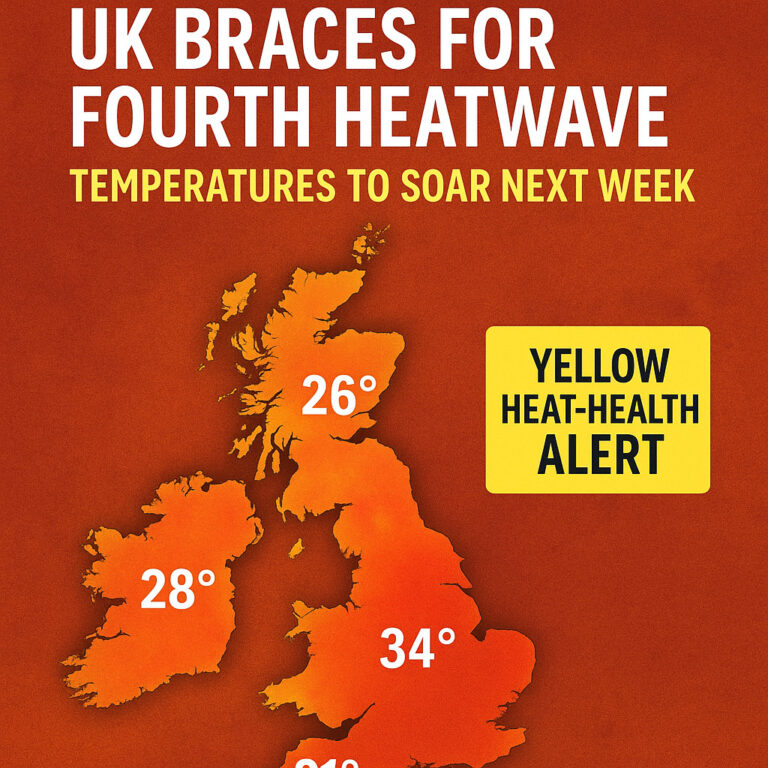Schools Warn of Funding Shortfall Ahead of Free School Meals Expansion
A looming funding crisis threatens the government’s plans to expand free school meals, with nearly 47% of school caterers reporting they are already cutting portions and ingredients due to insufficient budgets. The issue raises serious concerns as eligibility is set to extend to an additional 500,000 children from autumn 2026.
🍽️ Financial Crunch in School Lunchrooms
Current funding of £2.61 per meal falls short of the £3.16 benchmark deemed necessary by LACA (The School Food People) to maintain nutritional standards and portion sizes, according to their latest nationwide survey — a shortfall of over 17% (LACA survey).
Nearly half of school caterers say they’ve responded by:
Reducing high-quality protein (e.g. swapping chicken for processed meat)
Shrinking serving sizes
Simplifying menus to lower-cost options (e.g. baked potatoes instead of meatballs)
Budget-strapped school leadership in areas like Devon and Manchester have already paused free meal service in some weeks, to stretch limited resources.
🎯 What the Expansion Means
The government’s plan to provide free meals to 500,000 more eligible children—including those from families on Universal Credit—promises to feed over 1.3 million pupils nationally starting September 2026. The Education Secretary, Bridget Phillipson, emphasised the policy’s ambition to reduce educational inequalities by eliminating hunger as a barrier to learning. However, campaigners fear low per-meal funding may hinder its success.
💸 Where the Gap Lies
Key factors in the shortfall include:
- Rising food costs: Inflation has hit ingredients—from vegetables to meat—more than general CPI figures.
- Static meal rates: The per-meal fee has remained unchanged amid economic pressures.
- Deferred infrastructure costs: Some schools delay meal prep equipment upgrades due to tight budgets.
- Limited catering staff: Labour shortages are pushing some kitchens to rely on pre-prepared meals rather than freshly cooked dishes.
LACA’s chair, Michael Hales, is advocating for a benchmark uplift to at least £3.45 per meal, indexed annually. He warned, “Without realistic funding, schools will continue to compromise on health and choice.”
🏫 Voices from the Lunchroom
Karen Larkin, headteacher in Yorkshire, shared:
“We’re trying to deliver nutritious meals, but with £2.60 a plate, our menus lack protein, fruit, and variety. We don’t want to compromise children’s health.”
NAHT union spokesperson commented that they’ve observed “an alarming number of schools turning to processed or frozen meals—not because they want to, but because they have no choice.”
🔁 Broader Context: Investing in Education
This funding crisis echoes wider pressures in the school system:
Earlier coverage on how Spending Review cuts are squeezing education budgets can be found in our deep dive on education impact and funding priorities.
The meal issue also connects to rising child poverty levels, flagged in our recent article on rural broadband deficiencies increasing hardship.
🔍 The Road Ahead
Government response expected: Officials say they are “listening to feedback” and will review per-meal funding before the 2026 rollout.
Potential interim measures: Some suggest piloting a regional uplift in high-cost areas ahead of the national programme.
Ongoing transparency: LACA plans to publish monthly updates on food price indices to build momentum for reform.
Education Secretary Philipson committed to reviewing funding but stopped short of promising immediate increases, stating: “Our expansion reflects our belief in the power of nutritious meals. We will monitor the impact and adjust as we go.”
📌 Why It Matters
Impact Area Why It’s Critical
Child Health Undernourished children struggle academically and physically.
Education Equity Free meals reduce stigma and hunger-based barriers to learning.
Community Welfare School kitchens create jobs and sourcing locally can boost regional economies



